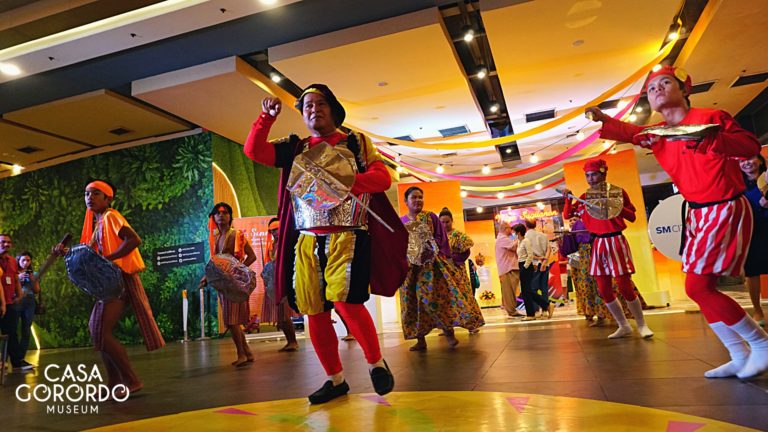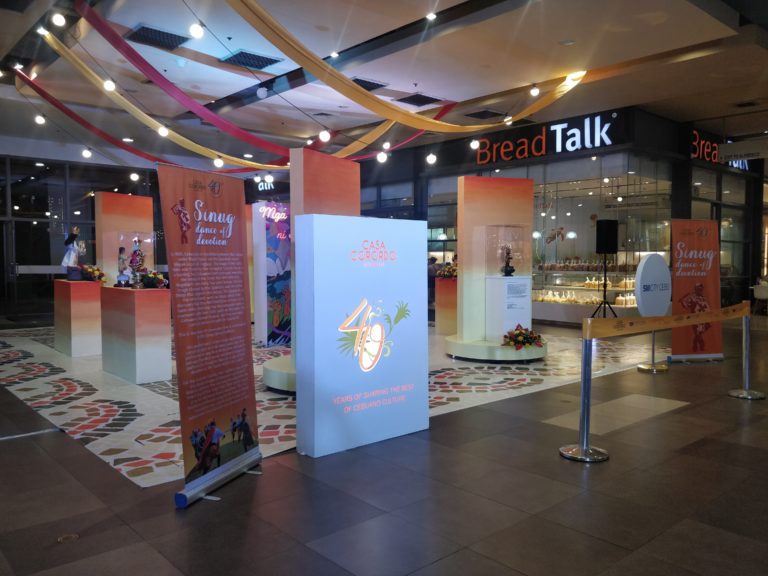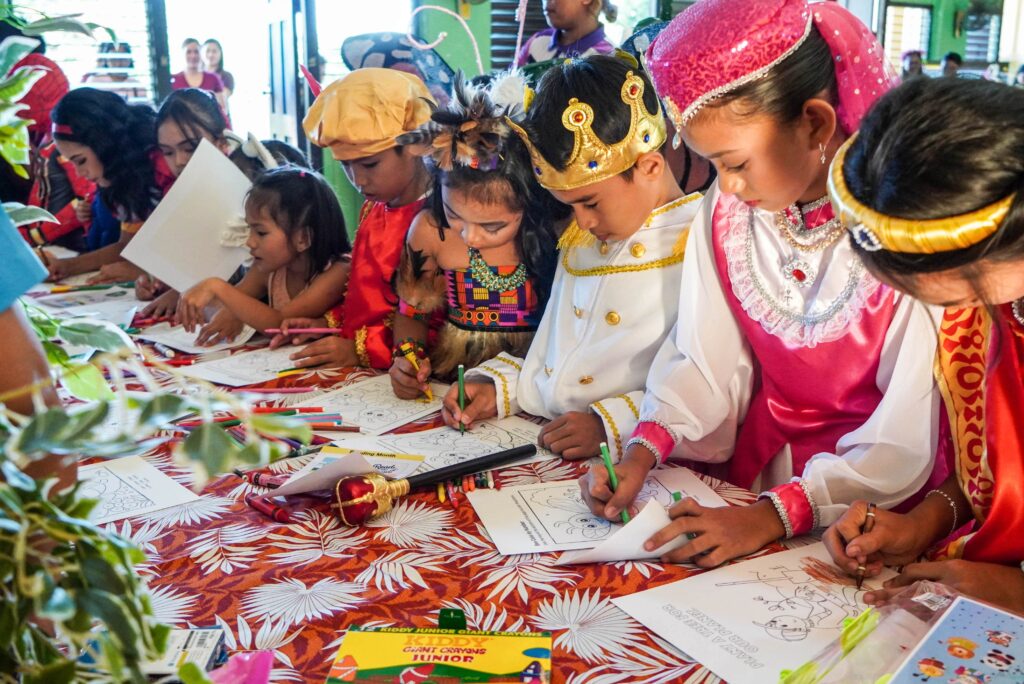
As the Sinulog festivities wind down, the devotion for the Santo Niño continues.
The Sinulog Festival annually draws in devotees in thousands for its religious festivities leading up to the grand parade. Celebrated in Cebu City every 3rd Sunday of January, the Sinulog Festival is known for its spectacular street dance presentations and its festive street parties. But beyond all the celebrations, the Sinulog ultimately depicts the Filipinos’ love and devotion to the Holy Child Jesus, the Señor Santo Niño.
Sinug, a dance of devotion
The Sinug is a traditional dance or a form of supplication that signifies the devotion to the Santo Niño and the conversion of the Philippines to Christianity. A precursor to the widely known Sinulog, the dance was originally used to connote the eventual colonization of the islands during the Spanish period.
For Zhane Fate Minoza, 19, a member of the Buenaventura Diola Dance Troupe, dancing the traditional Sinug is her form of expressing her devotion to the Santo Niño. Over the last 14 years, Zhane has dedicated her sinug dance as a prayer for her grandparents’ health and her good grades in school.
Every step Zhane takes is an intention; every sway of her body moves is a prayer.
“From 3 p.m.PM to 6 p.m., mao na among practice. Tawagon nami ana, bahala way snacks, bahala wala’y money na included ana basta mo sayaw mi. Bisag lisod pa sabton ato sauna, bisag magka hiwi hiwi pa among tiil, okay ra. Wala ray problema basta magdungan mi tanan,” shared Zhane.
The Buenaventura Diola Dance Troupe of Mabolo is known for their traditional Sinug dance. Through their dancing, the group hopes to share how the Sinug dance is performed true to tradition. They hope to keep the tradition alive by allowing people to witness the dances’ beauty, as well as training and exposing children from their community to the dance.

“Dili mi ganahan nga maundang ni. Mabolo mao nalang na siya ang few remaining groups. Ganahan mi makahibao sila unsa gyoy first. Ngano ug as ani gikan ang Sinulog,” Zhane expressed.
This year, the Buenaventura Diola Dance Troupe of Mabolo in partnership with the Casa Gorordo Museum, went around the malls in Cebu to showcase the Sinug dance in time for the Sinulog festivities.
The Ramon Aboitiz Foundation, Inc. also relaunched its annual journal called the “RAFI Monograph on Culture and Heritage” featuring the study of Cebuano dance researcher Prof. Caesar Nimor titled, “SINUG: Cebu’s Dance of Faith.” Enthusiasts of Cebuano culture can read an in-depth origin of the Sinulog. Copies of the journal are available at the Casa Gorordo Museum Shop for Php 350.

Devotion meets art
Many are captivated by the beauty of the image of the Santo Niño. So enthralled by the Niño, several artists have crafted variations from the original look of the Holy Child. For Ben Chua, a devotee and collector of images of the Santo Niño, shared he was drawn to the Holy Child because of the comfort and miracles the Santo Niño has shown to him. Chua’s devotion started from his trips to downtown Cebu, which made him curious of the Santo Niño. It was during these times where he was experiencing a family problem that he found refuge with the Holy Child.
“There are a lot of miracles that happened to me. Unsay akong gipangayo ni Senor, tigaan gyod ko. Kanang wala lang ko kahibao nga kanang problemaha or kanang hangyoa gitagaan na diay ko. Nga kanang problemaha, was little by litte, nasulbad. My love and devotion to the Sto Nino na realize gyod,” Chua expressed.
Chua had always been fascinated with antiques and started collecting them since he was young — from plates to images of saints, including the Santo Niño. His curiosity and fascination have led him to learn more about Cebu’s heritage by getting a post-graduate degree on Cebuano heritage studies. Now, through collaborations, Chua hopes to share his devotion through exhibits of his collection of Niños.
“Exhibits is not a form of showing off. It is one way of sharing the devotion and the manifestation of the Cebuano craftsmanship,” Chua shares.
Igniting the spirit of cultural and traditional awareness
The Ramon Aboitiz Foundation through its Culture and Heritage Unit has been keeping traditions and Cebuano culture alive through its various online and offline activities.
Leading towards the celebration of its 40th anniversary and the comeback of the face-to-face festivities of Sinulog, the Casa Gorordo Museum brought back to its grounds, the “Sinug sa Casa Gorordo” in honor of its house traditions. The Sinug dance is performed annually by the Buenaventura Diola Dance Troupe of Mabolo on a Monday right after the Feast of Santo Niño, to pray for the Gorordo family’s’ departed family members. Over the last 39 years, the Sinug sa Casa Gorordo has brought the dance to a larger audience.
The museum also partnered with SM City Cebu and launched a Sinulog pop-up exhibit titled, “Mga Sugilanon ni Senyor” wherein various images of the Santo Niño were put on display to celebrate the Cebuano artists who crafted the images and their personal stories of devotion for the Holy Child.

Indeed, the Santo Niño holds a special place in the hearts of many. While the Sinulog festivities wind down, devotion still runs deep, and the Sinulog drumbeat remains steady in the hearts among Cebuanos.


